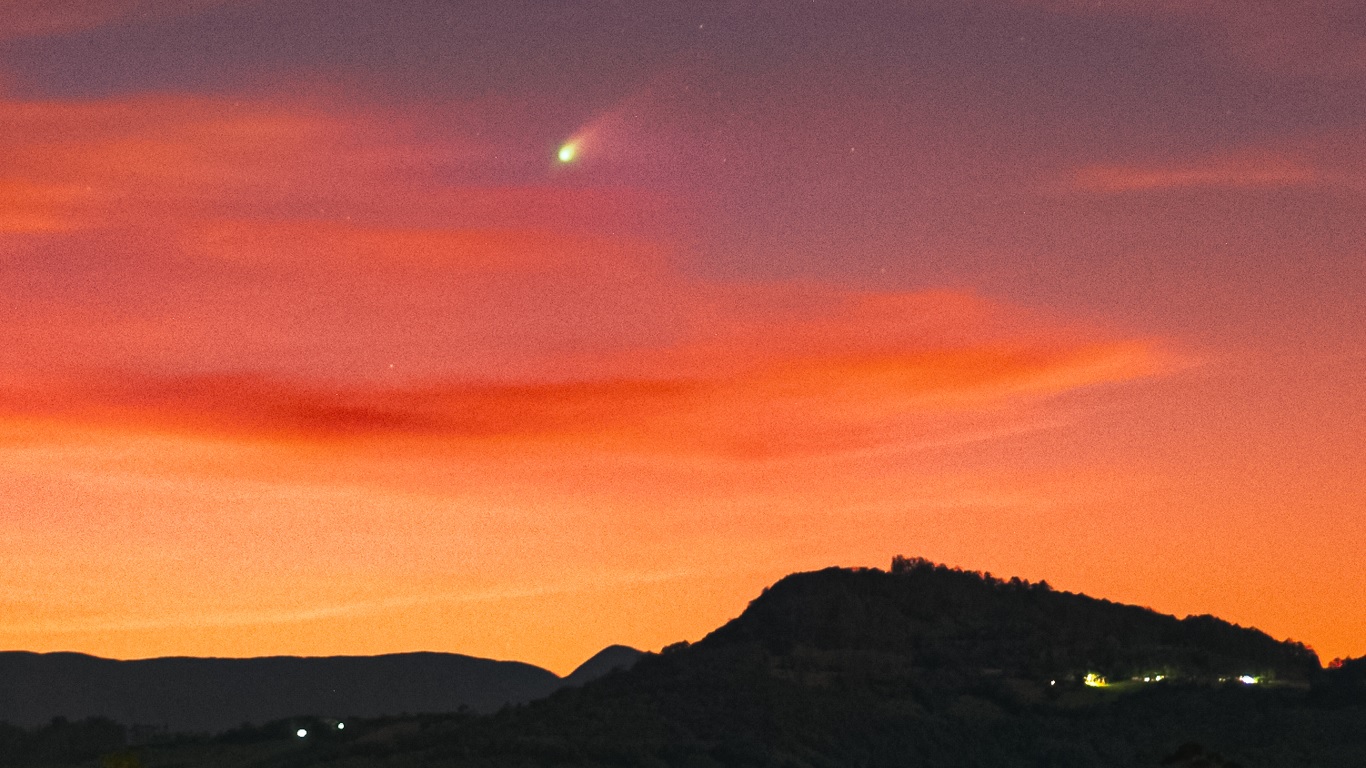| The report was released by UNESCO (Photo: Marcelo Camargo / Aigncia Brasil) |
Human-induced degradation and climate change are responsible for turning ten of the world’s most protected forests into a source of carbon emissions. This information is part of a report released on Friday (29) by the United Nations Educational, Scientific and Cultural Organization (UNESCO).
The document notes that instead of helping to fight global warming, there are ecosystems that have become sources of carbon emissions. According to the study, ten protected forests emit more carbon than they have absorbed in the past 20 years.
According to the results of UNESCO, human action is the main cause. In some places, deforestation for agriculture has increased carbon dioxide emissions from uptake.
The increasing scale of wildfires, often associated with periods of severe drought, was also a dominant factor in many cases. Other extreme weather events, such as tornadoes, have been contributed in certain places.
Check out the forest list:
- The heritage of the tropical forests of Sumatra, Indonesia
- Banana River Biosphere Reserve, Honduras
- Yosemite National Park, United States
- Waterton-Glacier International Peace Park, Canada and the United States
- Barberton Makhungwa Mountains, South Africa
- Kinabalu Park, Malaysia
- Nur Basin, Russia and Mongolia
- Grand Canyon National Park, United States
- Great Blue Mountains, Australia
- Parque Nacional Morne Trois Pitons, Dominica
The survey also showed that a network of 257 UNESCO World Heritage forests around the world remove a total of 190 million tons of carbon from the atmosphere each year. The figure represents nearly half of the carbon emitted by the UK alone in the same period. This group of forests covers an area of 69 million hectares, twice the size of Germany.
In Latin America, the agency drew attention to significant losses in the Chaco region of Argentina, Bolivia, Brazil and Paraguay. The study warns of the worst drought at the site in more than 50 years, putting the livelihoods and lives of millions at risk. This year, the Paraná River, the second largest river in South America, has dried up, according to UNESCO.
Forest loss is also a contributing factor to carbon dioxide release. According to a report by the Food and Agriculture Organization of the United Nations (FAO) and the United Nations Environment Program (UNEP), in Latin America, between 2000 and 2016, nearly 55 million hectares of forests were destroyed. Part of this loss was due to wildfires. This figure represents 91% of the world’s total forest loss.

“Hardcore beer fanatic. Falls down a lot. Professional coffee fan. Music ninja.”







More Stories
Science points to what could reverse aging; Do you do this?
Former NASA engineer gives lectures at Criciúma – Science and Technology
Beer Chemistry: Discover the science behind your favorite beverage